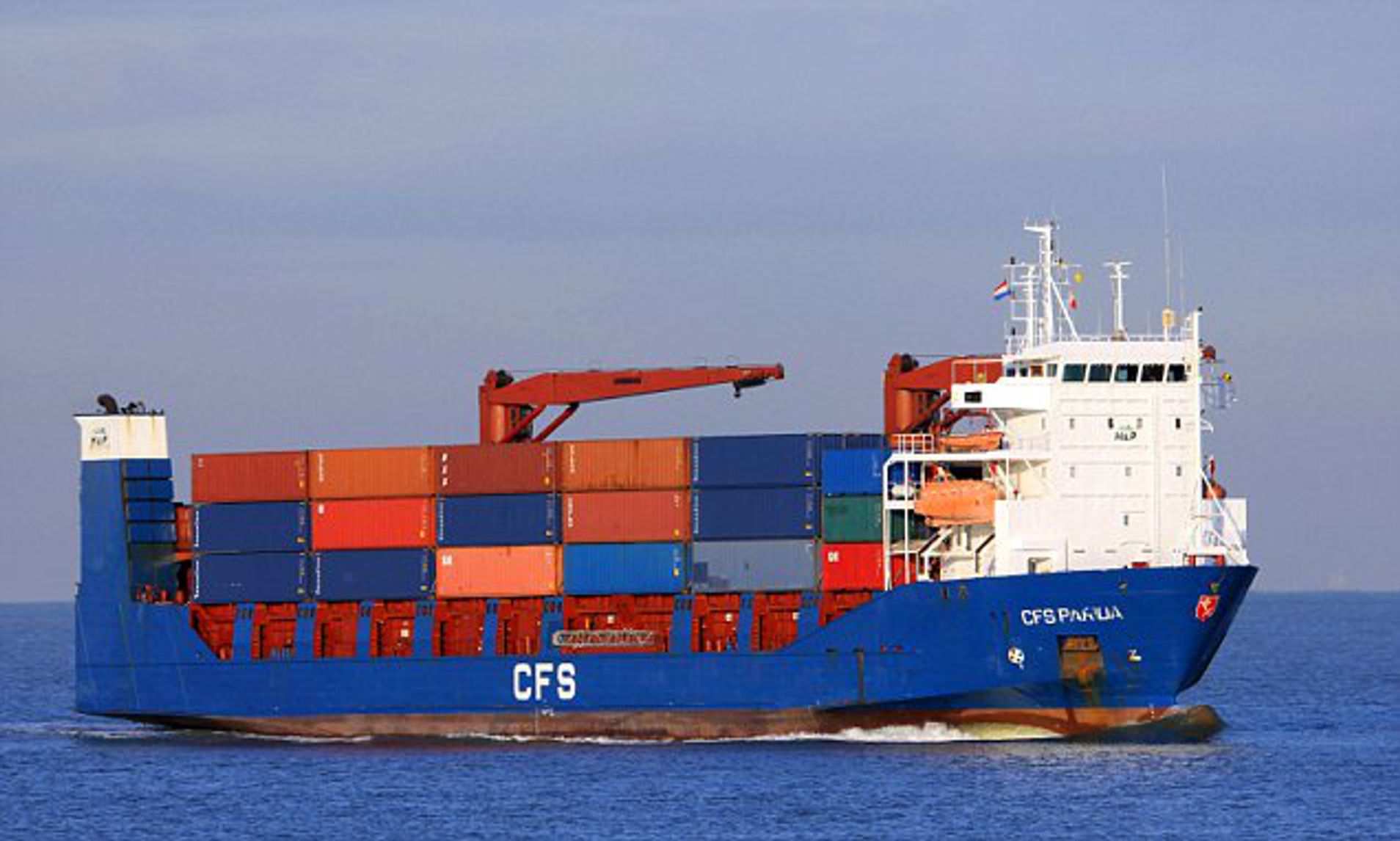Written by Faridah N kulumba
Africa-Press-Kenya On 19 December 2021, Kenya defended herself on its move to stop a cargo ship on route to Zanzibar loaded with radioactive materials, saying the decision is within the international treaty to protect Africa from the import of harmful waste. The ship, which was docked at the port of Mombasa, was loaded with harmful nuclear waste that was to have been dumped on the East African coast, endangering the health of millions of people in the region.
Convention
According to Nairobi ordering the ship to return the 20-feet container, which was detected emitting high radiation levels, to India was within the Bamako Convention, which prohibits the import into Africa of any hazardous materials, including radioactive waste. The Convention was adopted under the auspices of the Organisation of African Unity in 1991 (now African Union) and came into force in 1998 and calls for the ban of the import into the continent and the Control of Transboundary Movement and Management of Hazardous Wastes within Africa.
Clarification
Kenya’s Health Secretary Mutahi Kagwe who ordered the captain of MV Seago Piraeus to return the dangerous consignment to the loading port – Nhava Sheva Port in India, clarified that Kenya is a signatory of different treaties which does not allow the dumping of toxic material, and they will compel all those on board to answer any question asked as per sections 60 and 62 of the Public Health Act.
How toxic waste was detected
Kenya Ports Authority (KPA) acting head of security Tony Kibwana revealed that the high standard operating procedures and modern scanning equipment helped the country to detect uranium substances in the 20 feet container on the ship.
Tanzania unware of nuclear waste ship
Meanwhile, the government of Tanzania on 20 December 2021, said that it was unaware that Kenyan authorities detained a cargo ship carrying nuclear waste that was reportedly on its way to Tanzania. And denied not having received any information about the cargo ship. Adding that any ship coming to Tanzania was required to fly the country’s flag. However, officials investigating the matter revealed that the ship sailed to Kenya from Mumbai, India, and was in route to neighboring Tanzania.
The risks
Exposure to high levels of radiation from nuclear waste can cause severe health effects such as skin burns and acute radiation syndrome (radiation sickness). It can also result in long-term health effects such as cancer and cardiovascular disease.
*Ambivalent*
A multi-agency team comprising officials drawn from various government agencies at the Mombasa port has differed on how to best handle the cargo, which was reportedly destined for Dar es Salaam Port. Some in the team want the cargo returned to sender in line with maritime law, but some are suggesting that they release the ship so that it can proceed to Tanzania, or conduct further tests on the cargo. But the concern is, if Kenya releases the cargo the authorities in the destination country might not have adequate capacity to detect or dispose of the waste, hence exposing people to danger.
Where does the nuclear waste “go” ?
Seventy years after the nuclear age began, no country has built a place to safely store its waste, a report published by DW in 2019, warned raising concerns for governments mulling nuclear power as an alternative to fossil fuels. More than 60,000 tons of highly radioactive waste in the form of spent nuclear fuel rods are stored in interim sites across Europe, according to the World Nuclear Waste report, some in old facilities that are running out of capacity and are expected to be used for decades longer than planned. Finland is the only country building a permanent repository underground for nuclear waste that emits large amounts of radiation for tens of thousands of years, according to the report published by the Heinrich Boll Foundation.
At the dawn of the nuclear age, radioactive material was diluted and dumped in the environment, before governments moved towards containing it securely underground. But projects from the 1960s onwards only met high safety expectations to a very limited extent.
Nuclear waste in African countries
The African Nuclear-Weapon-Free Zone Treaty, also known as the “Pelindaba Treaty,” established the nuclear-weapon-free zone on the African continent. Nuclear disarmament, nuclear non-proliferation, and the peaceful uses of nuclear energy are firmly entrenched in the treaty. Radioactive materials and sources are therefore utilized exclusively for peaceful purposes in medicine, industry, agriculture research, and education in all African countries. The application of these radioactive materials and sources generates radioactive waste which must be managed safely and efficiently for the protection of human health and the environment as the residual level of radioactivity may be high.






